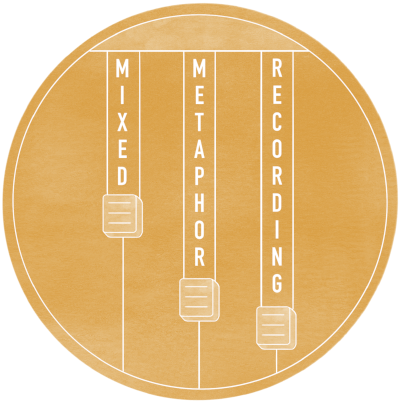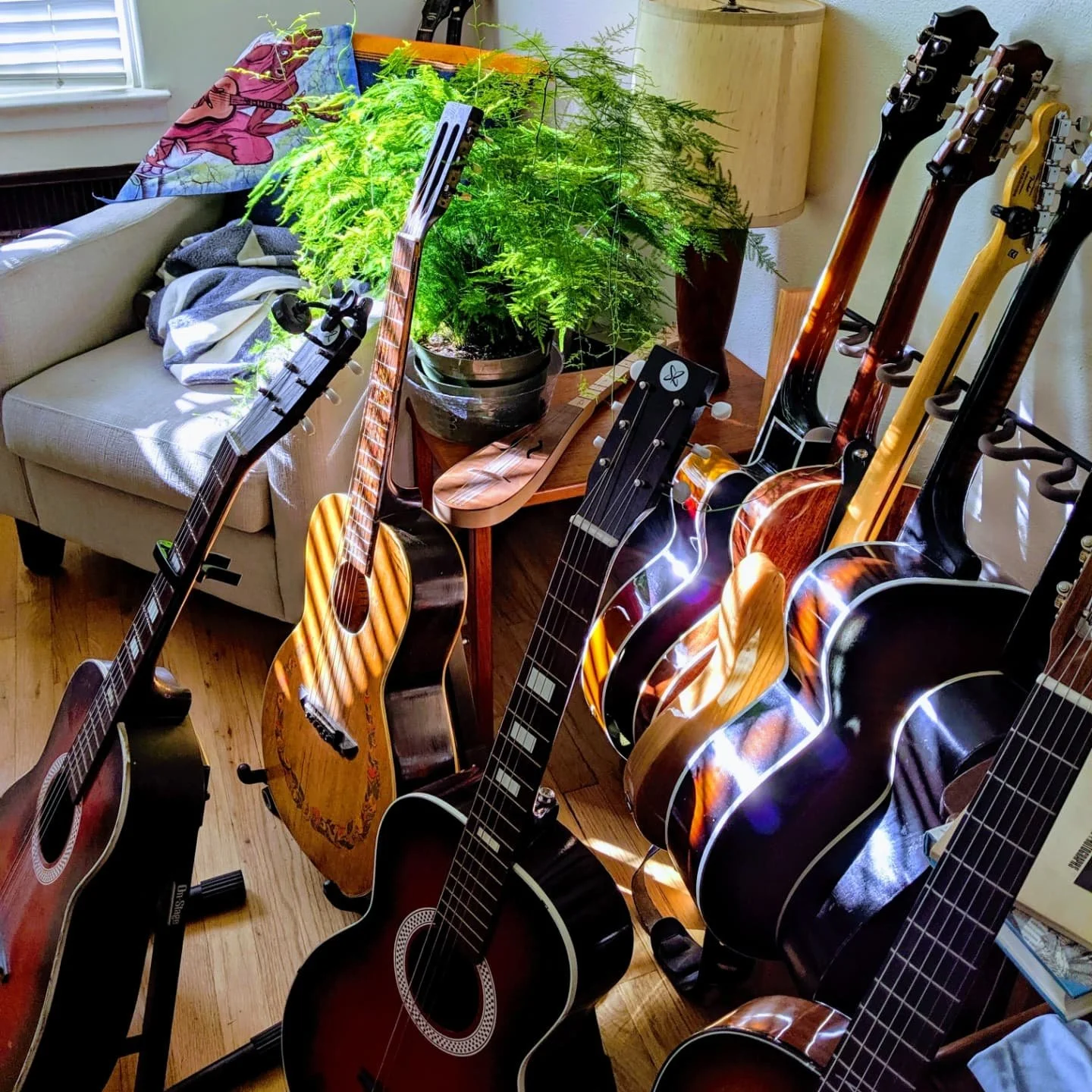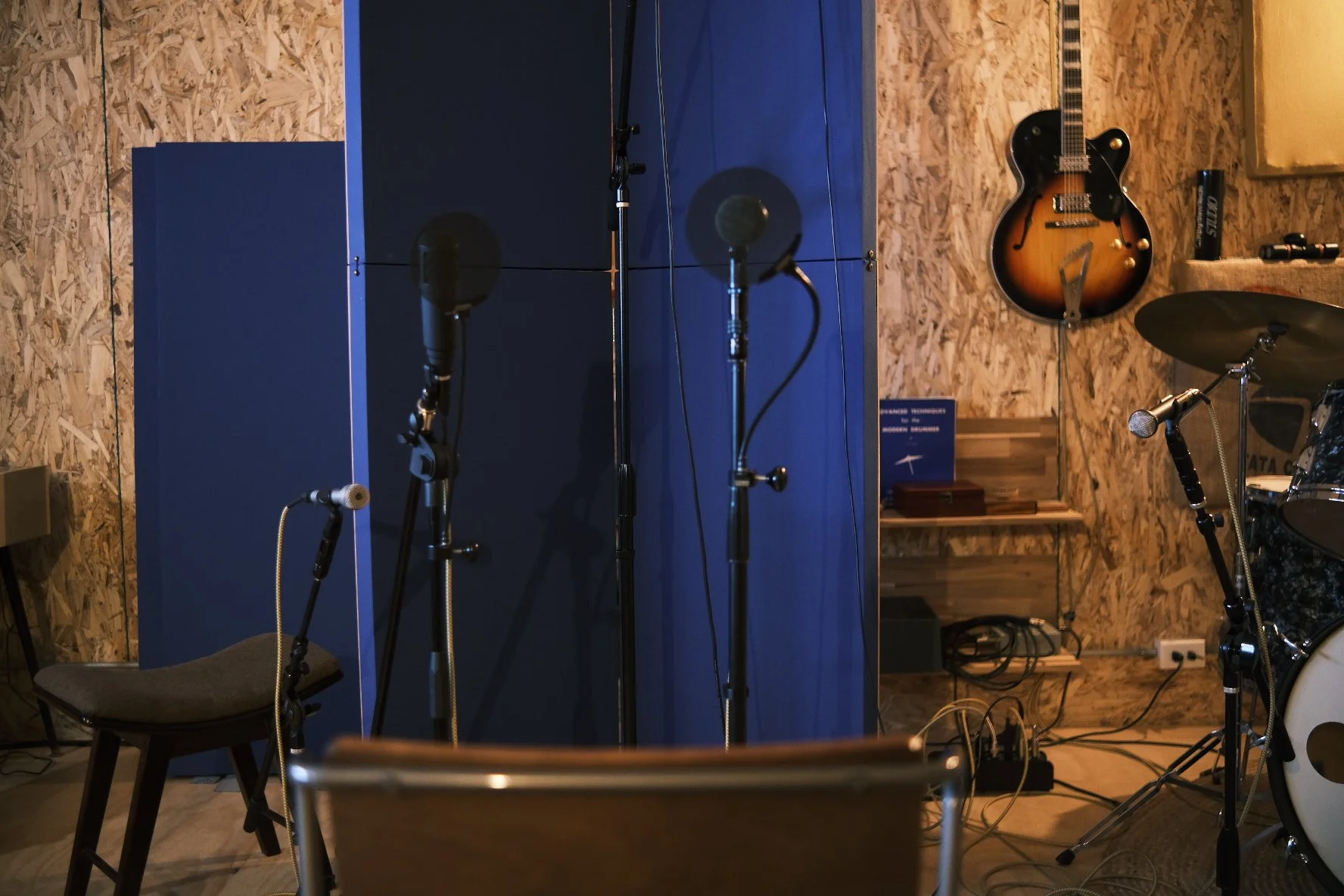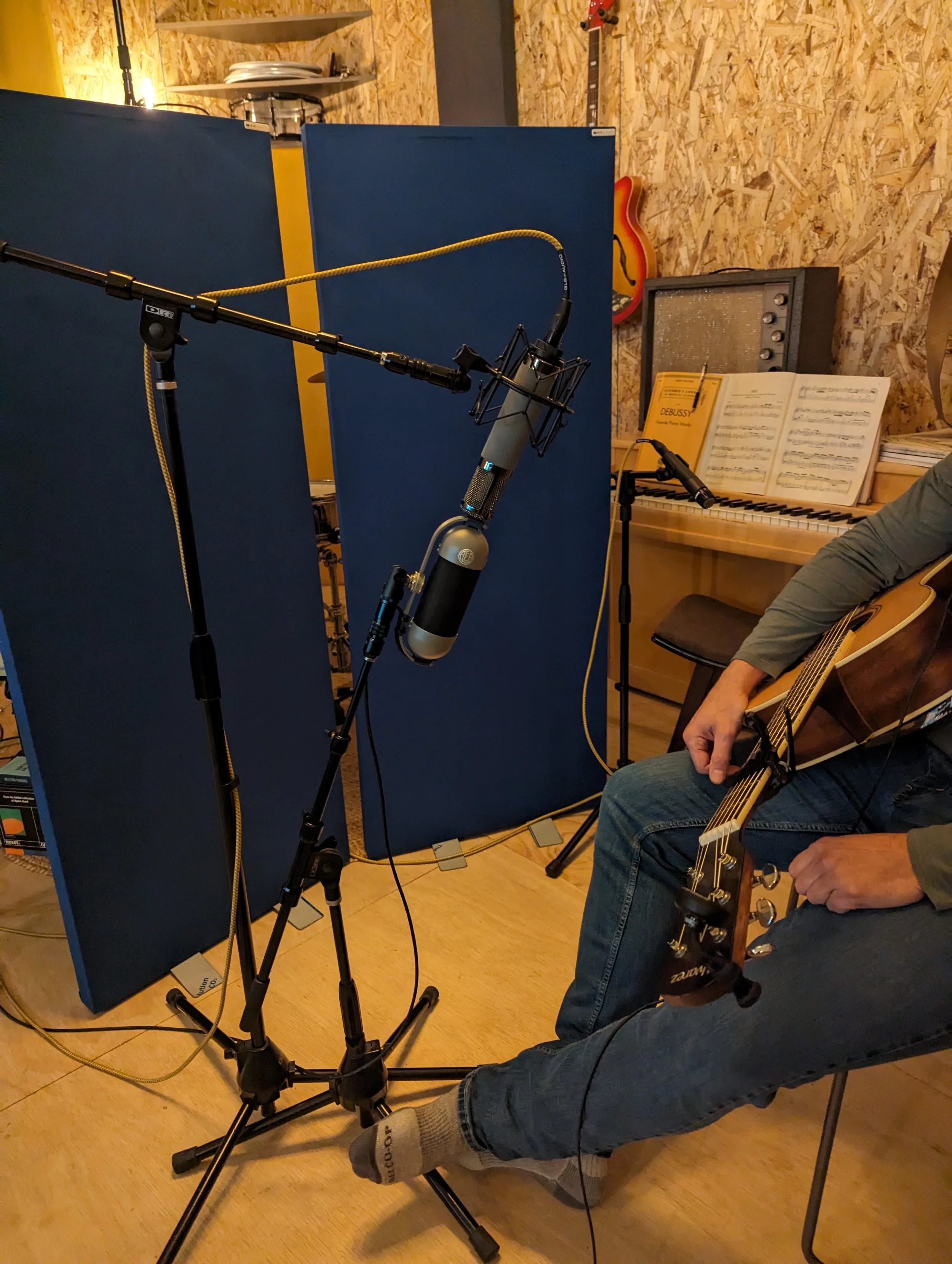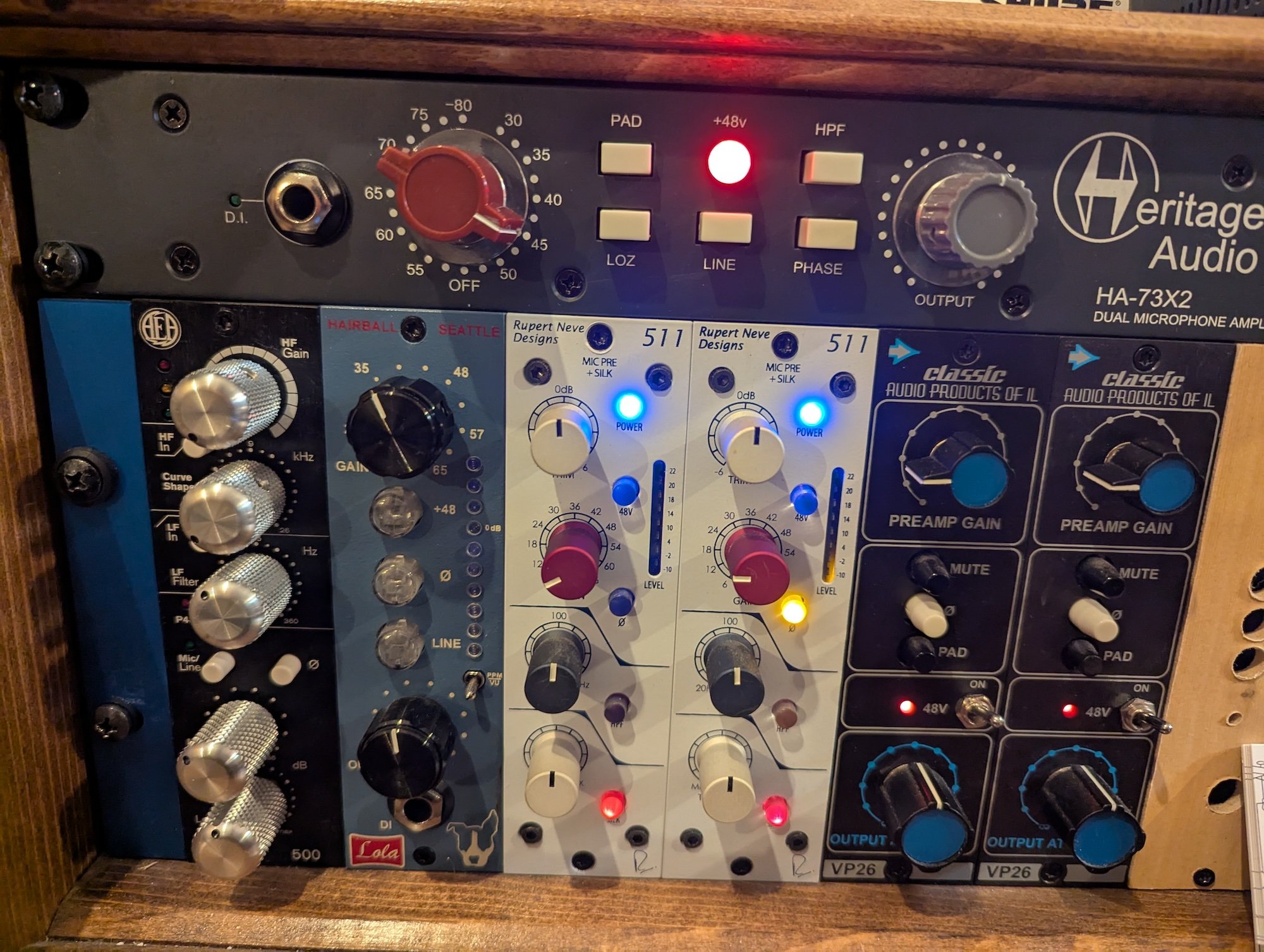Mic Techniques for Acoustic Guitar Recording
Regardless of what artist or genre I’m working with, most projects seem to involve an acoustic guitar at some point. I’ve been doing a lot of indie-folk and country-adjacent projects as of late. But even the more rock-oriented projects still require it. And honestly, it’s probably the thing I love the best. Getting a good acoustic tone is critical to driving the energy of the production. Even if it’s got a small role in the final mix.
The Long Road to a Great Acoustic Sound
There was a time years ago where I was mostly recording myself, and constantly hitting my head against the wall trying to figure out how to get the right tone. It’d be too dark. Too thuddy. Too much string noise. Too small. Too, too, too, everything. And I would often watch tutorials and try the techniques, only to realize that the way they were using acoustic guitars in the production had almost no relevance to what I was trying to do. All the struggle led me to a bunch of experimentation, microphone purchases (and Reverb.com selloffs), preamps, EQs, plugins. It eventually started working.
I was deeply inspired by the acoustic tones of many songwriters/engineers/producers. Some standouts include: Adrianne Lenker; the Jeff Tweedy / Wilco tones paricularly on the WARM album; the M Ward albums, the layers in some Fleet Foxes songs, classic American Primitive Guitar recordings like Glenn Jones and John Fahey, Kacey Musgraves, Nick Drake, Madison Cunningham, For Emma, Grizzly Bear…I could go on and on.
A guy on Facebook marketplace sold me 12 beat up old guitars for $100 and a few have them have become important.
My Philosophy: Big, Distinctive Acoustic Tones
I LOVE acoustic guitars. I have a big collection of mostly budget, beat-up acoustics. I love the way each of them sings uniquely. The way certain parts of the fretboard work and don’t work. The way one guitar only works at low volume finger picking and the way another must be strummed with a heavy pick to get any tone. That part of the process has always been fun.
So when I’m prepping to mic an acoustic and place it in the production, I often want it to be big. Or at least distinctive. The classic approach of a small diaphragm condenser at the 12th fret, pointed at the sound hole, then mixed all thin and jangly. Well it works for sure. But it is rarely what I’m looking to do with an acoustic.
So I’ve found my own way. With my own mics and room and guitar collection I’ve learned a lot about what works and what doesn’t. And I’m pretty proud of the acoustic tones I’ve been able to capture on many artists projects.
EV m160 ribbon in the lower bout position. WA-19 in the 12th fret neck position. Backups at the ready but unused.
Techniques and Experiments
So, as for the technique, I still have to say “it depends.” But my starting point is usually one of two things: Two Ribbons split in stereo, or LDC + SDC on 12th fret. Also, caveat: this is just one audio engineer’s perspective! Make up your own approach there are no rules.
Two Ribbons (the big, warm approach)
Two ribbon microphones, one on the lower bout pointed near the bridge, and another in the 12th fret position pointed towards the sound hole.
One of those mics is always the EV M160 (one of my fav mics ever), and the other is usually my AEA R92 or my CRM1 (a sleeper custom mic made by NoHype Audio).
The two positions on the guitar help me get a balanced sound that I can EQ by adjusting their levels.
And if I want some stereo spread, I bump them out by 10-15% and then pan the whole thing a little left or right to make space for the vocal up the middle.
This technique is rich and warm and works great in productions where the acoustic is filling a lot of space. And is played with a good dynamic range.
If it’s a quieter guitar or player, I sometimes have to reach for iZotope RX noise reduction to get some gain without pushing up the noise in the mix. This is especially necessary if panning the acoustic because we don’t want noise in just one channel pulling the listeners ear left or right.
LDC + SDC
The second approach is a little more standard. Putting a large diaphragm condenser LDC on the 12th fret position (sometimes a U47 style tube mic or a U87 FET style).
Then I supplement that with a small diaphragm condenser placed directly above it.
This balance gives me a crispness from the SDC and the large sound from the LDC that I can then balance to the production appropriately.
I recently picked up a Warm Audio WA-19 (a replica of the classic AKG D19). It’s got such a nice midrange punch to it with a little bit of vintage sparkle. And this has often been replacing the SDC in the setup. Especially if I want more of vintage tone rather than a sparkly hi-fi sound.
Sometimes I’ll throw the EV M160 on the lower bout just in case I need it. It can add some thickness and texture in the mix. Or I’ll use it in a bridge section of the song to change up the guitar tone without the normal filter/EQ approach.
I’ve tried the SDC in omni on the lower bout. And that can work too but it hasn’t become a staple of my technique so far. I only reach for it if I have a particularly noisy fretboard squeak I’m trying to deal with.
I’ve tried the mid/side with the figure-8 ribbon mic aligned with the LDC. It’s good for certain situations, but rarely has it wowed me. It’s best when room and band rejection is important.
Room Mics
It depends on the production, but I’ll often add in a stereo room placed far enough away to give some ambience. Or if I have another mic placed and ready, I’ll turn it on and record. I find the it often doesn’t matter too much what I’m using as long as it doesn’t cause any phase issues. I can blend it in to give the performance a sense of space without using reverb plugins.
Some favorites:
Cascade X-15 stereo ribbon (basically two Fatheads in Blumlein configuration).
Pearlman TM-1 tube LDC in omni with the high roll off.
Singular Audio f48 (u87 style) placed 5-7 feet away.
Alternatives
Sometimes a single SM57 on the neck (or even in front of the sound hole - YIKES) is the thing the song needs.
I also get some nice tones out of the RE20. For when I want something warm but with less transient response.
The key: try stuff. Be bold. Make decisions that keep you excited and then use that decision to guide the next one.
LDC with a figure-8 AEA R92 ribbon in Mid/Side configuration.
Phase, Preamps, and Pitfalls
A word about pitfalls. When I was mostly READING about acoustic technique I encountered a lot of talk about phasing and phase issues. These are real, but much less limiting than I thought. I just place the mics, move them around while the artist is playing, and listen for where the phase is aligned (which is mostly identified by how much bass response I’m hearing). Then I’ll flip the phase on the pre-amps and make sure it’s all working. This is of course more difficult if you’re working with a highly mobile player, or someone that needs to stand. If that’s the case, I try to get at least two mics in the 12th fret position so that I have some tonal options if the lower bout mic ends up inconsistently phase aligned.
Heritage Audio HA73 at the top. Reliable, incredible. It’s my favorite pre for most things.
And a word about preamps. I lean heavily on my 1073 style pres for all acoustic guitar recordings. I’ve got the Heritage Audio HA73 and the Behringer 1273 and they both do the job well. I’ve explored other options but that just usually works so I stick with it.
Conclusion
So, those are my thoughts! I could talk hours about acoustic guitars and microphone techniques in the recording studio. The mic locker is also always slowly changing, along with the stable of acoustic guitars to choose from.
If you have a certain acoustic sound you’ve always loved, I’d love to chat about how to recreate it for your next song!
Jesse Blake Rundle
Mixed Metaphor Recording Studios, Boise, ID
